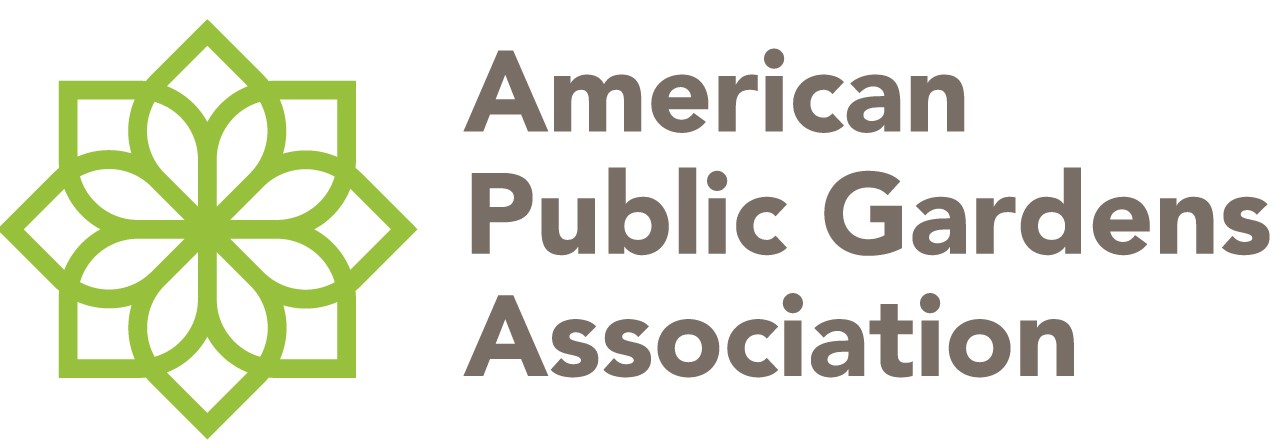The global environmental conservation community recognizes that the participation of local communities is essential for the success of conservation initiatives; however, much work remains to be done on how to integrate conservation and human wellbeing. We propose that an assets-based approach to environmental conservation and human well-being, which is grounded in a biocultural framework, can support sustainable and adaptive management of natural resources by communities in regions adjacent to protected areas. We present evidence from conservation and quality of life initiatives led by the Field Museum of Natural History over the past 17 years in the Peruvian Amazon.
A New Approach to Conservation: Using Community Empowerment for Sustainable Well-being



